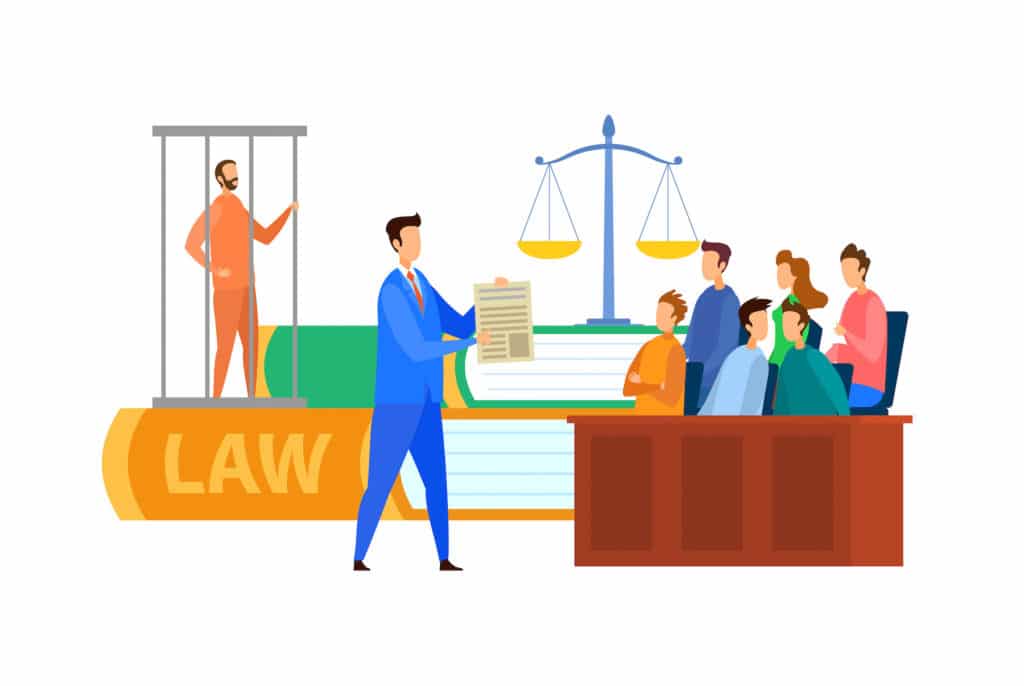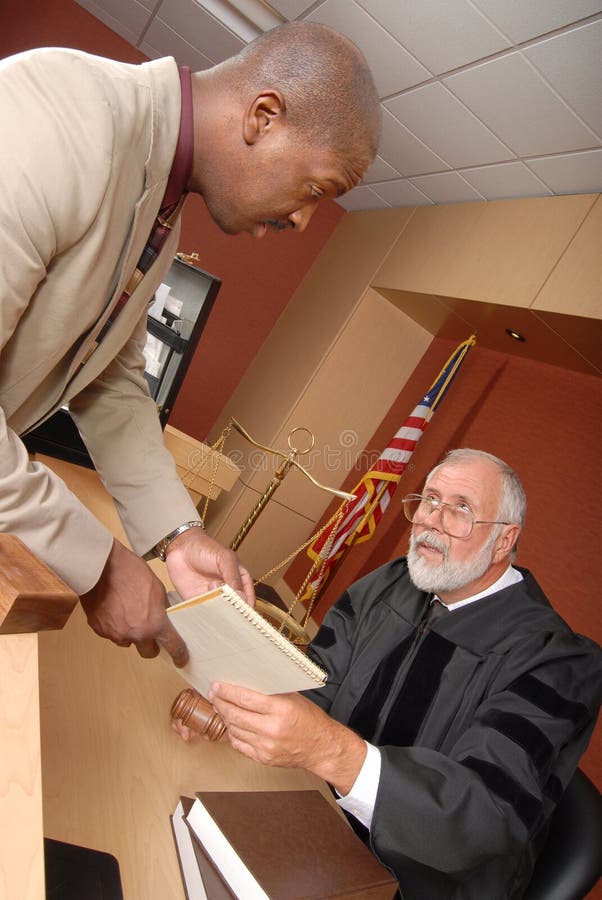Navigating Complex Cases: Just How to Develop Effective Trial Presentations for Ideal Outcomes
Wiki Article
Browsing the Intricacies of Test Presentations: Tips for Seamless Delivery and Compelling Disagreements
In the realm of lawful process, the art of test presentation stands as a critical component of success. As attorneys browse the elaborate internet of court characteristics, the capacity to effortlessly deliver arguments and evidence while astounding the court's attention becomes paramount. The intricacies integral in trial presentations need a fragile balance of technique, ability, and skill. By honing techniques that make certain a refined delivery and crafting engaging debates that resonate with the target market, attorneys can dramatically improve their campaigning for. In a globe where persuasion reigns supreme, understanding the complexities of test discussions is not just a choice yet a necessity for those looking for to prevail in the court room.
Recognizing Test Objectives
To effectively browse a test, it is vital to have a clear understanding of the goals that need to be achieved. Prior to tipping right into the courtroom, lawful teams must define their goals and wanted results. These objectives serve as guiding concepts throughout the trial, shaping methods and affecting decision-making procedures.Recognizing trial objectives involves a thorough analysis of the situation, lawful precedents, and the customer's ideal passions. Trial Presentations. It requires a thorough examination of the realities, identifying key issues, and expecting possible obstacles. By establishing particular and measurable objectives, lawyers can tailor their disagreements and discussions to straighten with the desired outcomes
In addition, a clear grasp of trial objectives makes it possible for legal groups to focus on proof, witnesses, and legal debates successfully. It permits the advancement of a systematic story that resonates with the discretionary, enhancing the general instance discussion.

Organizing Proof Effectively
Having a clear understanding of trial objectives lays the foundation for organizing proof successfully in lawful procedures. By aligning the presentation of evidence with the desired results of the trial, lawful teams can enhance their arguments and enhance their persuasiveness.Another secret aspect in arranging evidence efficiently is developing a logical circulation. Providing evidence in a sequential and systematic manner can assist develop an engaging narrative that supports the lawful disagreements being made. Additionally, using visual help such as timelines, charts, or charts can better boost the company of proof and assist in clearing up complex relationships or series of occasions.
Furthermore, making sure that all proof provided is acceptable and relevant to the case is necessary. Unnecessary or inadmissible proof can diminish the stamina of the argument and possibly harm the trustworthiness of the here and now event. Therefore, a meticulous evaluation and option process should be carried out to include just one of the most impactful and legitimately audio evidence in the test discussion.
Crafting Persuasive Stories
Crafting compelling stories plays an essential function in offering convincing debates during legal procedures. A well-crafted story has the power to mesmerize the target market, stimulate feelings, and ultimately guide the decision for today event. When constructing a narrative for a trial presentation, it is necessary to establish a clear storyline that highlights bottom lines and links them in a systematic way. Begin by detailing the realities of the case in an engaging manner, guaranteeing that the sequence of events is easy to comply with. Introduce personalities effectively, supplying history information that aids the target market understand their actions and inspirations. Furthermore, integrating vivid summaries and interesting language can bring the narrative to life, making it more unforgettable for the court and jury. By weaving with each other evidence, testimony, and legal debates into a cohesive and influential story, lawful specialists can effectively advocate for their clients and raise the likelihood of a positive result in the court room.
Grasping Aesthetic Aids
Reliable use of aesthetic help is essential to enhancing the influence and clarity of trial discussions. Visual aids, when made use of strategically, have the power to simplify complex details, strengthen bottom lines, and leave a lasting impression on the discretionary. To grasp aesthetic help in test presentations, it is crucial to ensure that they are clear, succinct, and relevant to the disagreements being made.When integrating visual aids, such as graphes, timelines, charts, or photographs, right into a trial his comment is here discussion, it is crucial to maintain them visually appealing yet professional. The visuals should complement the spoken arguments, giving a graph of the information being reviewed without overwhelming the target market with unneeded details.
Furthermore, practicing with the aesthetic aids ahead of time is crucial to ensure a smooth shipment throughout the trial. Familiarizing oneself with the content, transitions, and timings of each visual help can help keep the flow of the discussion and protect against technological glitches that might occur.
Providing Impactful Closing Disagreements
An engaging closing argument serves as the conclusion of a test presentation, enveloping the core story and convincing the judge and jury towards a favorable choice. To provide an impactful closing argument, it is important to succinctly wrap up vital factors, highlight the strengths of More Bonuses your situation, and attend to any type of weaknesses in a strategic manner. Begin by describing the primary arguments that support your customer's position, highlighting why the proof provided throughout the trial supports your narrative. It is important to produce a feeling of cohesion and clarity, leading the court and court towards the wanted final thought.Additionally, integrating psychological appeal can further enhance your closing debate. By humanizing check that the instance and linking on a personal degree with the decision-makers, you can evoke empathy and understanding, affecting their perception of the truths presented. In addition, repeating the lawful criteria that need to be fulfilled for a positive judgment can reinforce the validity of your position. Eventually, a well-crafted closing argument ought to leave a long-term impression, compelling the court and court to regulation in your customer's favor.
Final Thought
To conclude, grasping test discussions involves recognizing purposes, organizing evidence, crafting stories, making use of aesthetic aids, and delivering impactful closing disagreements. By executing these techniques efficiently, legal representatives can offer their case flawlessly and make compelling disagreements in the court room. It is essential to browse the complexities of test discussions with precision and ability to achieve success in lawful proceedings.By straightening the discussion of proof with the wanted results of the test, lawful teams can reinforce their debates and boost their persuasiveness (Trial Presentations). To understand visual help in test discussions, it is important to make certain that they are clear, succinct, and appropriate to the debates being made
An engaging closing disagreement offers as the culmination of a test discussion, encapsulating the core story and persuading the judge and court towards a favorable choice. Begin by detailing the primary disagreements that sustain your client's placement, emphasizing why the proof presented throughout the test sustains your narrative.In conclusion, understanding test discussions entails comprehending purposes, arranging evidence, crafting narratives, making use of aesthetic help, and delivering impactful closing disagreements.
Report this wiki page